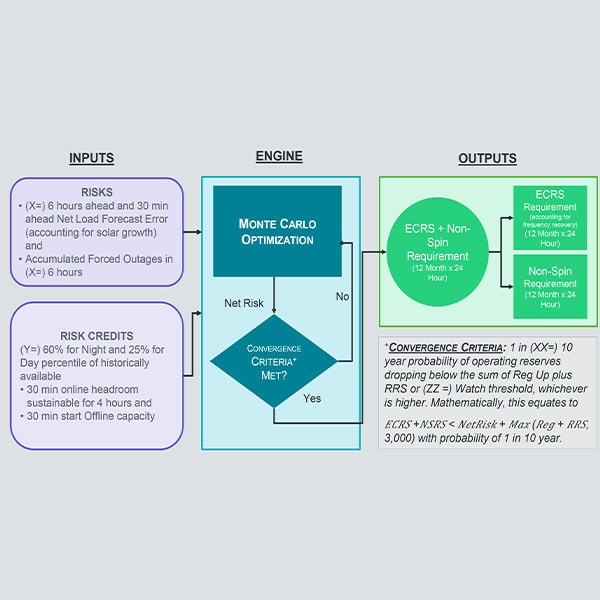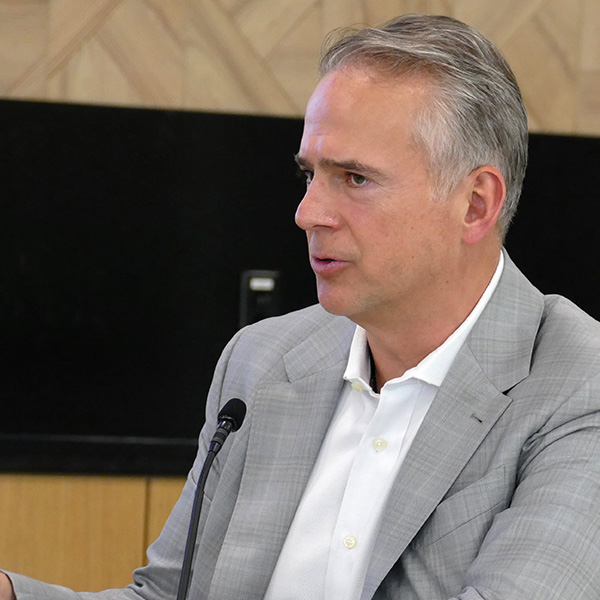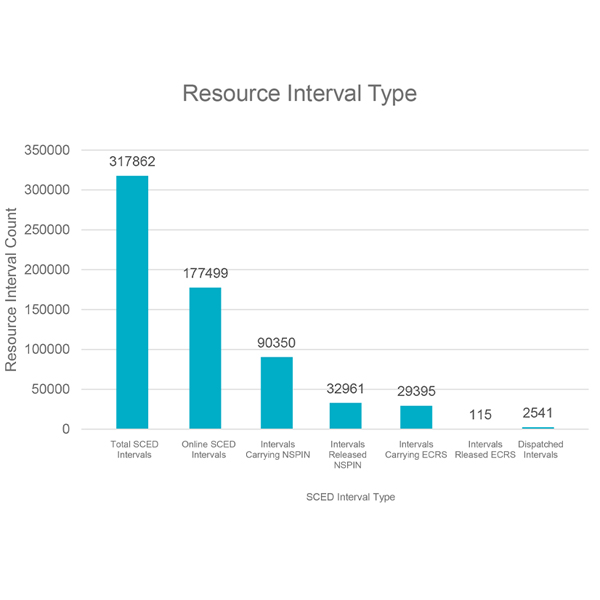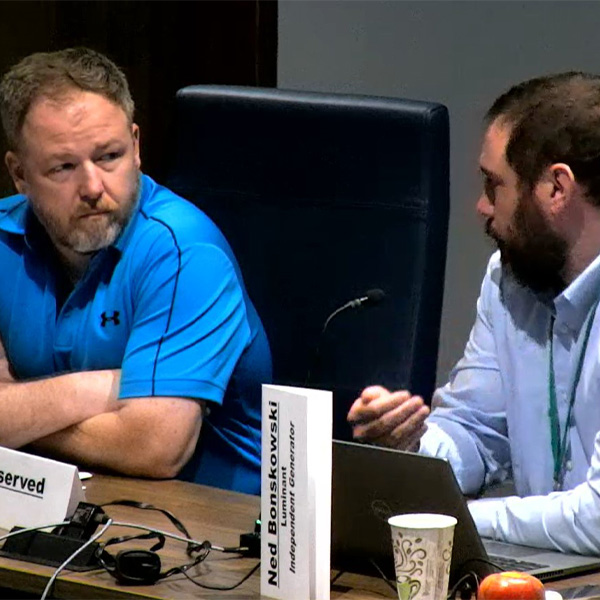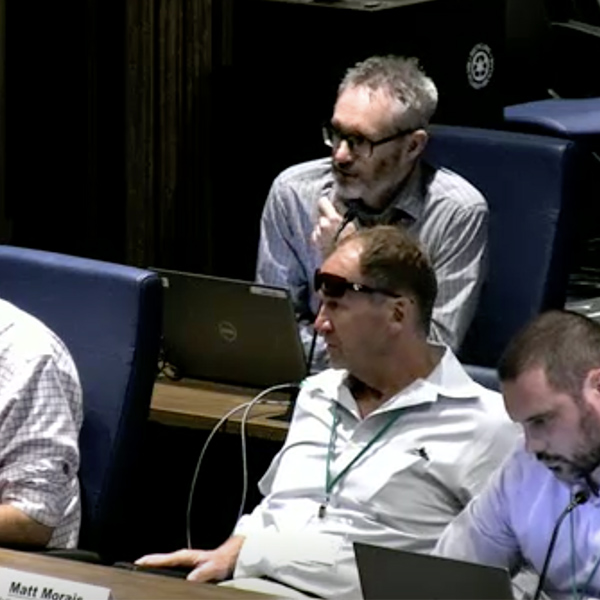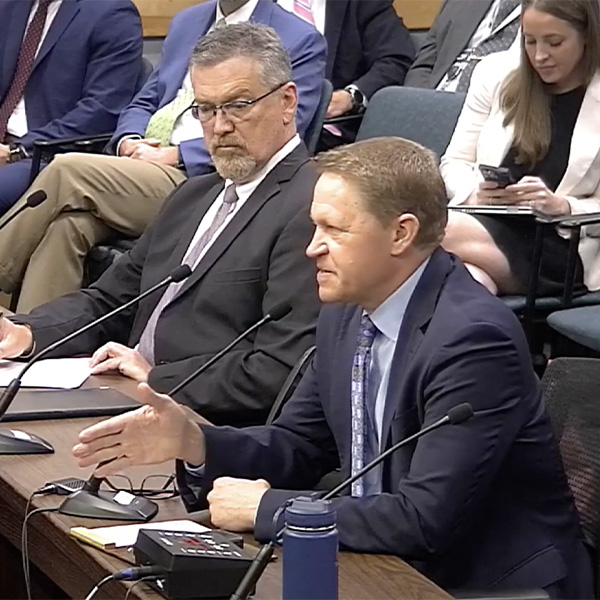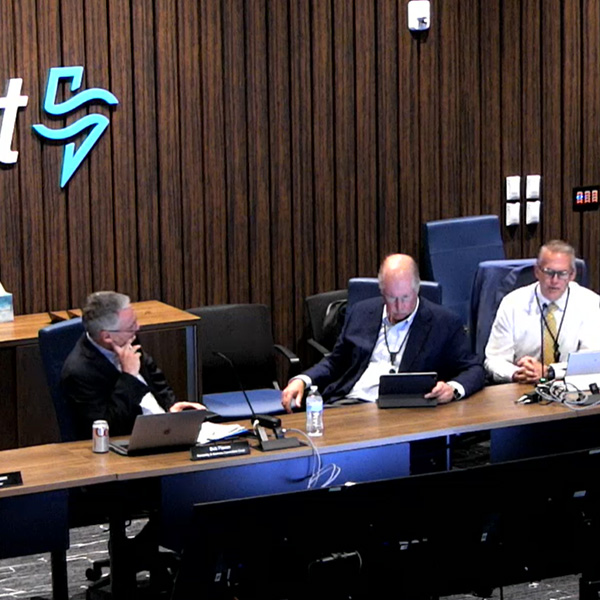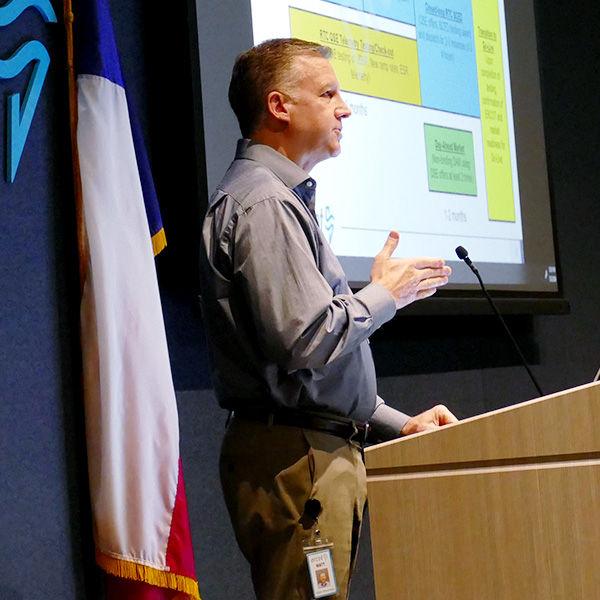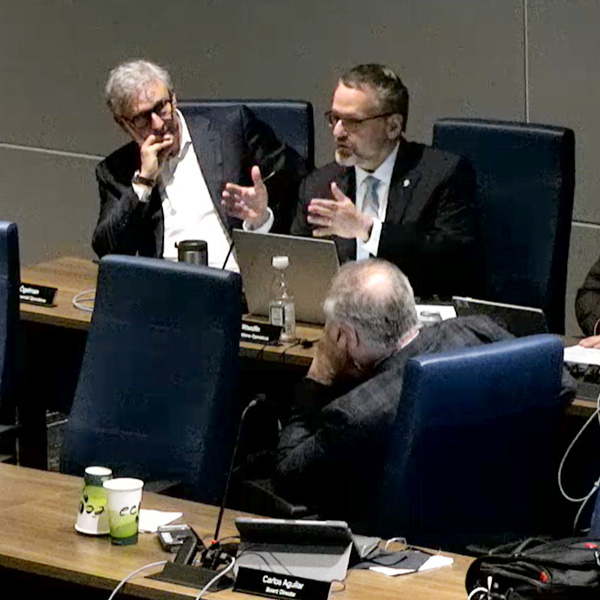ERCOT contingency reserve service (ECRS)
ERCOT’s Board of Directors approved staff’s recommended methodologies for acquiring minimum ancillary service requirements in 2026, despite concerns over conservative operations and target procurement levels.
ERCOT CEO Pablo Vegas has gone public with the grid operator’s internal terminology that is shaping the market’s path forward, defining it for his Board of Directors and stakeholders.
ERCOT stakeholders advanced a protocol change that provides longer-duration ancillary services and state-of-charge parameters, among several other voting items, during their last TAC meeting.
ERCOT stakeholders have endorsed changes to the grid operator's ancillary services methodology as part of the annual process to determine the minimum amount of products that will be procured in 2025.
ERCOT staff have withdrawn a protocol change and updated control room procedures following the regulatory commission’s rejection of modifications to the grid operator’s new ECRS product.
Texas regulators rejected an ERCOT protocol change that took months of sometimes contentious negotiations before the grid operator’s staff and stakeholders could reach a compromise that earned board approval.
ERCOT’s Board of Directors has passed one contentious protocol change and tabled another that have divided stakeholders and staff and led the IMM to argue against the heavy use of ECRS.
ERCOT stakeholders plumbed the depths of Robert’s Rules of Order and amended motions before endorsing a rule change that allows the grid operator to manually release contingency reserve service from economically dispatched resources after repeated violations of the system power balance constraint.
ERCOT says recent changes to the calculations used to determine ERCOT contingency reserve service have resulted in smaller quantities of the product this year and stalled the need for further modifications.
ERCOT CEO Pablo Vegas said the “interesting dynamic” of solar energy helped the Texas grid operator meet record demand during its most recent winter storm.
Want more? Advanced Search
